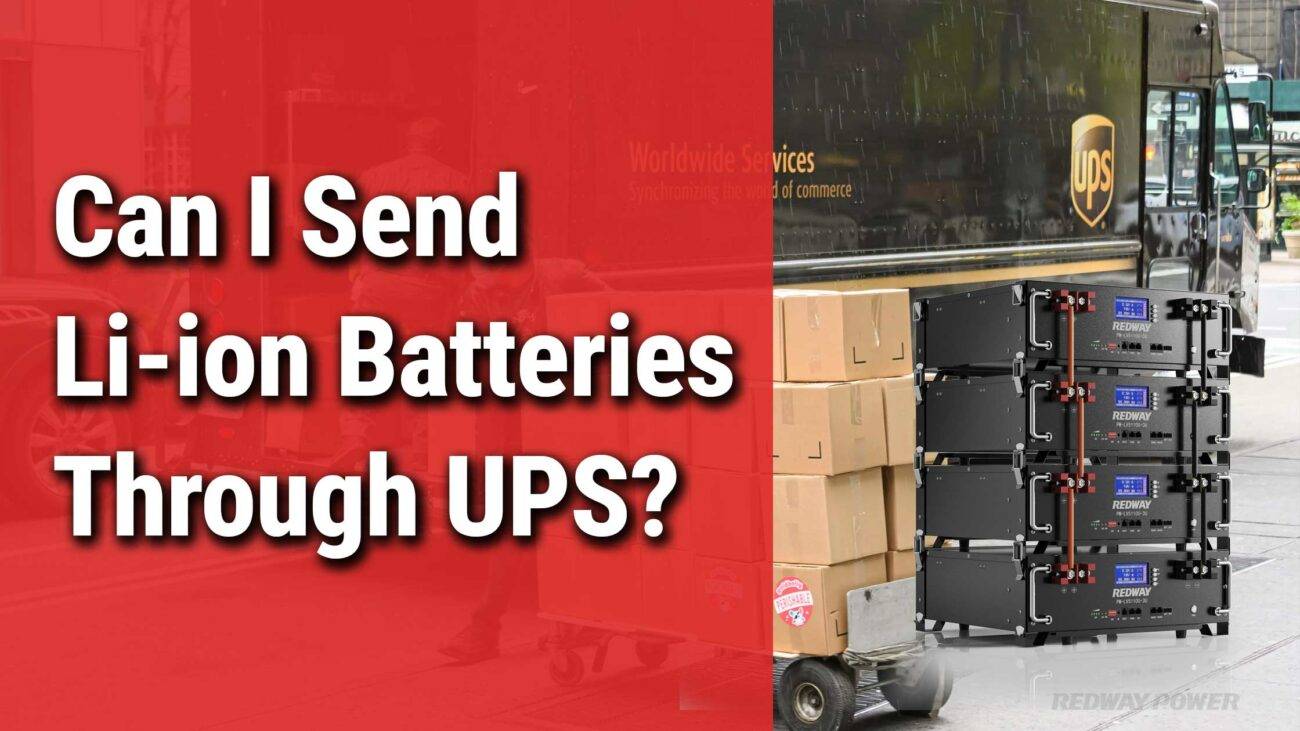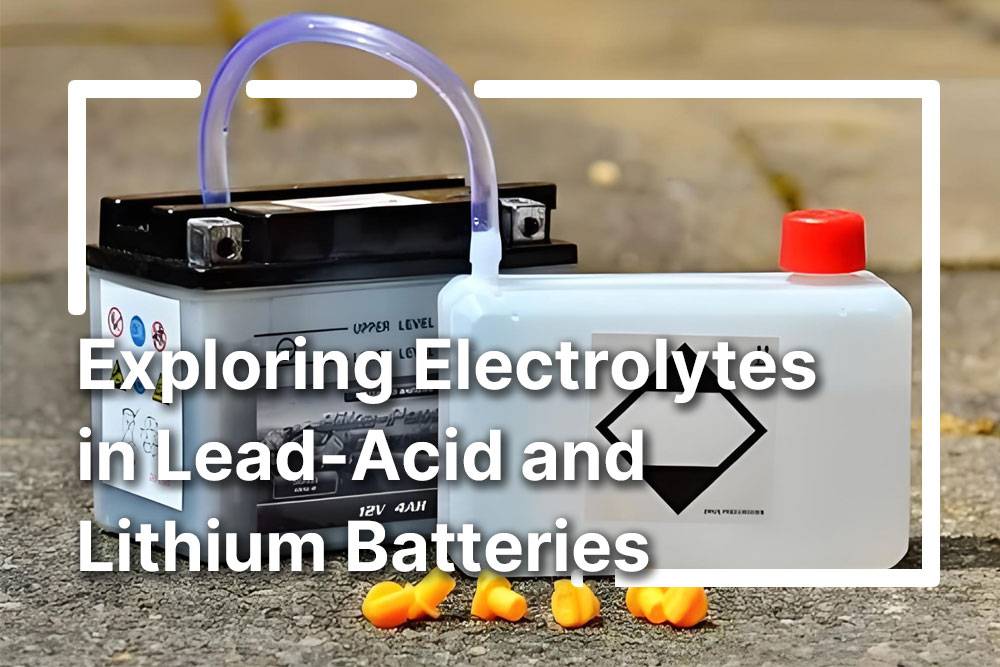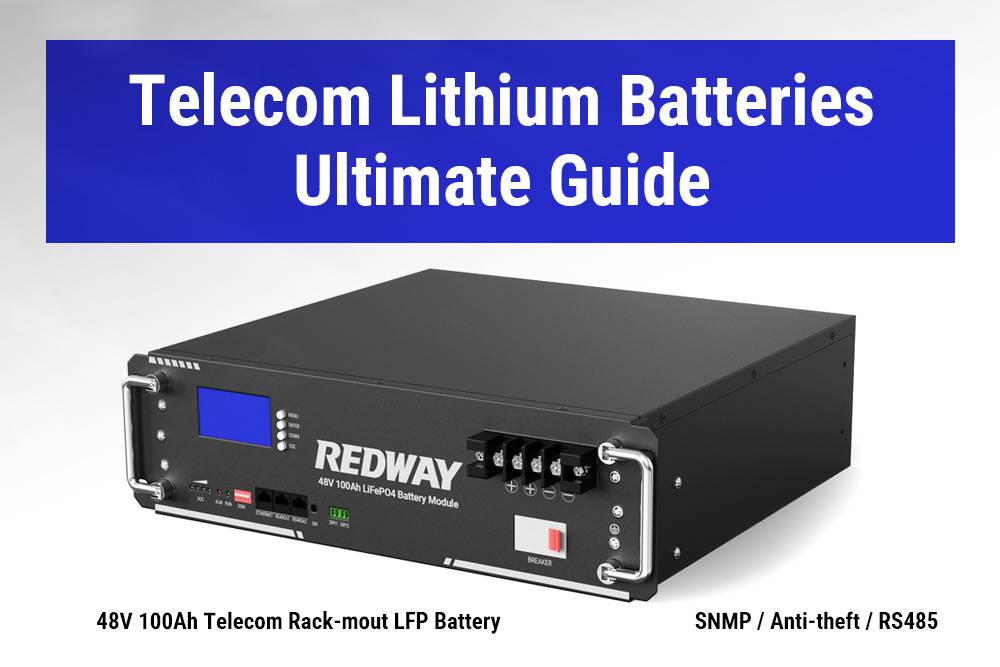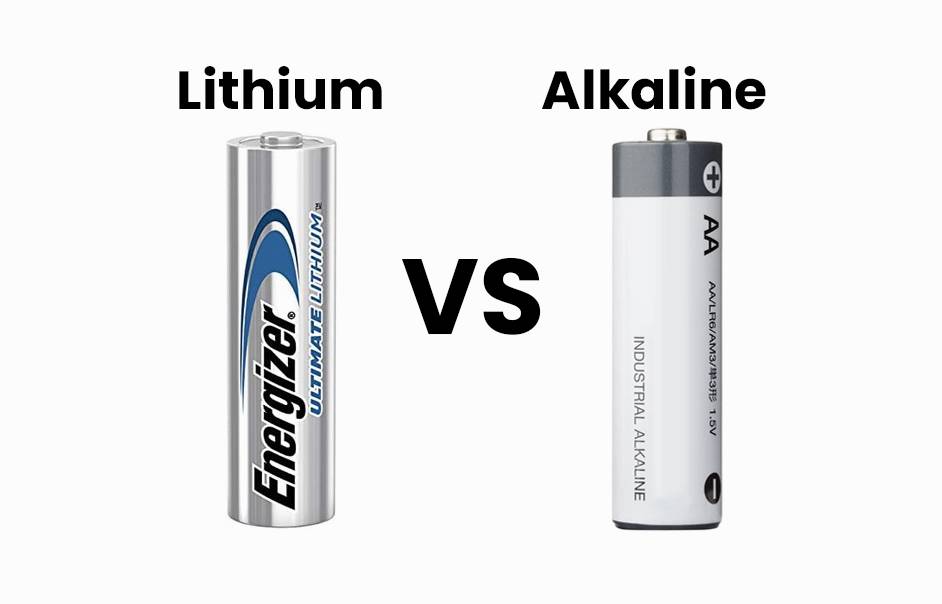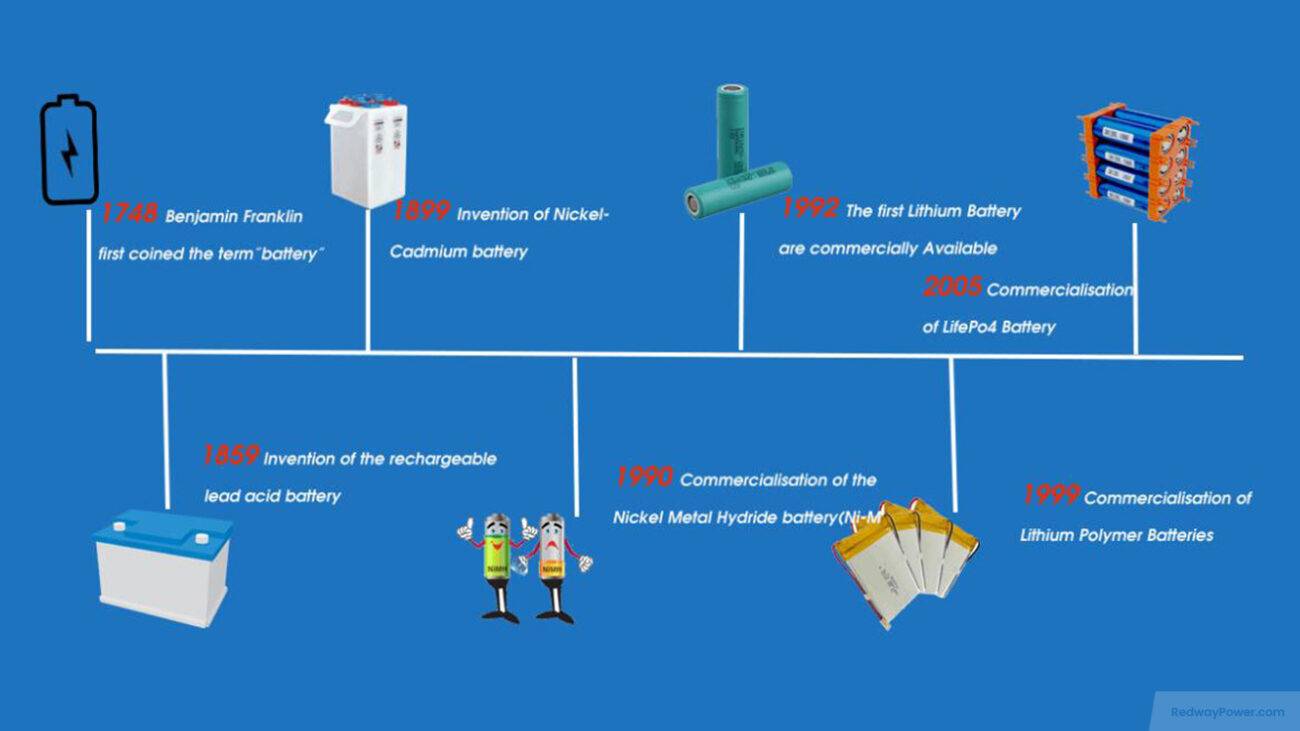Shipping lithium batteries can seem complex, but this blog post aims to simplify the process by providing comprehensive guidance. Whether you’re shipping small cells or large battery packs, we’ll cover everything you need to know. Let’s explore the world of shipping lithium batteries together and ensure a smooth experience.
Understanding the rules and regulations
Understanding the rules for shipping lithium batteries is crucial due to their hazardous nature, including the risk of heat generation and combustion. Let’s delve into why these regulations are necessary and the key governing bodies involved.
- International Air Transport Association (IATA) regulations: IATA categorizes lithium batteries based on capacity and energy content, each with its own restrictions. Compliance with these regulations is vital for air transportation safety.
- Department of Transportation (DOT) regulations: In the US, DOT enforces regulations for ground transportation of lithium batteries, ensuring safety during transit within the country.
- International Maritime Dangerous Goods (IMDG) Code: For sea transportation, compliance with IMDG Code is mandatory for international shipments of lithium batteries to prevent accidents and ensure maritime safety.
These regulations cover packaging, labeling, documentation, and quantity limitations, with non-compliance leading to penalties or legal consequences. Stay informed by consulting IATA’s Dangerous Goods Regulations or seeking guidance from your chosen carrier to navigate the complex rules effectively.
Types of lithium batteries and their shipping restrictions
Shipping lithium batteries requires careful consideration of safety regulations to prevent hazards during transit. Let’s explore the key restrictions and guidelines for shipping these batteries safely.
- Types of lithium batteries: Lithium-ion (Li-ion) batteries are common in electronics, while lithium-metal batteries are used in medical devices and backups. Each type has specific shipping restrictions due to safety concerns.
- Shipping regulations: Air transportation imposes stricter limitations on lithium-metal batteries due to fire risks, while Li-ion batteries have packaging and quantity restrictions. Compliance with these regulations is essential for safe shipping.
- Proper packaging: Adequate packaging with sturdy outer materials and clear labeling is necessary to protect lithium batteries during transit and ensure carriers are aware of their contents.
- Carrier policies: Different shipping carriers have varying policies on transporting lithium batteries, so it’s important to understand their rules and restrictions before selecting a carrier.
By following these guidelines and choosing a reputable carrier, you can ensure the safe and compliant shipment of lithium batteries.
Proper packaging and labeling for shipping lithium batteries
Proper packaging and labeling are essential for shipping lithium batteries safely due to their potential safety risks. Let’s explore the key steps to package and label lithium batteries securely for transit.
- Choose sturdy packaging materials: Select durable boxes or containers that can withstand impacts during transport and consider using cushioning materials like bubble wrap or foam inserts for added protection.
- Secure individual packaging: Place each battery securely inside its own container to prevent contact between terminals, which could cause short circuits or other hazards during transit.
- Ensure proper labeling: Clearly mark packages with “Lithium Battery” labels and include all required hazard labels as per regulations to alert handlers of the contents and facilitate appropriate handling procedures.
- Include detailed documentation: Inside the package, provide comprehensive documentation detailing battery type, capacity, voltage ratings, and any relevant safety data sheets to ensure compliance and safe handling.
Following these guidelines for packaging and labeling lithium batteries will help ensure their safe transportation while adhering to regulations and prioritizing safety at all times.
Choosing a shipping carrier and understanding their policies
Selecting the right shipping carrier is crucial for safely transporting lithium batteries. Here are some key steps to consider when choosing a carrier for your shipment:
- Research carriers specializing in hazardous materials: Look for carriers with expertise in handling dangerous goods like lithium batteries, as they are likely to have robust safety protocols in place.
- Inquire about specific policies: Reach out to different carriers to understand their requirements for shipping lithium batteries, including permits, packaging standards, and international shipping restrictions.
- Assess carrier reputation: Check reviews and testimonials to gauge the reliability and safety record of each carrier, prioritizing quality of service over cost alone.
By following these steps and thoroughly vetting potential carriers, you can ensure your lithium battery shipment is handled safely and compliantly from start to finish.
Tips for safe and legal shipment of lithium batteries
Ensuring the safe and legal shipment of lithium batteries requires attention to regulations and proper handling. Here are essential tips to follow for shipping these potentially hazardous items securely:
- Understand regulations: Familiarize yourself with guidelines from authorities like IATA and DOT, outlining packaging, labeling, and documentation requirements.
- Use approved packaging: Employ packaging materials designed for lithium batteries, including sturdy boxes and adequate cushioning to prevent damage.
- Label accurately: Clearly mark packages with hazard labels and necessary contact details for emergencies, ensuring compliance with shipping regulations.
- Provide documentation: Complete all necessary paperwork, such as declaration forms, to communicate the contents of shipments effectively.
- Choose a reliable carrier: Select carriers experienced in handling hazardous materials, prioritizing safety and adherence to regulations.
- Train employees: Educate staff on safe handling practices for lithium batteries to minimize risks during shipping processes.
- Stay informed: Keep abreast of evolving regulations to maintain compliance and safety standards for lithium battery shipments.
Alternative options for shipping lithium batteries
Exploring alternative options for shipping lithium batteries can provide safer and more efficient solutions. Here are some alternatives to traditional shipping methods:
- Lithium battery freight forwarders: Specialized companies proficient in handling lithium batteries can ensure safe and compliant transportation.
- Dedicated courier services: Couriers specializing in hazardous materials shipping offer expertise in packaging, labeling, and regulatory compliance for lithium batteries.
- Drop-off locations or kiosks: Retailers provide convenient spots for recycling or disposing of lithium batteries, eliminating the need for shipping.
- On-site pickup services: Logistics providers offer direct pickups for hazardous materials like lithium batteries, ensuring compliance and convenience.
By considering these alternatives, you can navigate shipping challenges while adhering to regulations and ensuring the safe transportation of lithium batteries.

